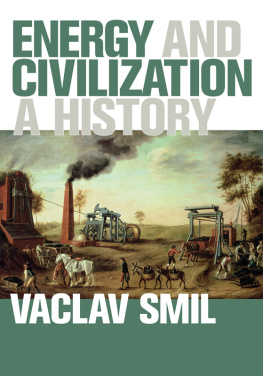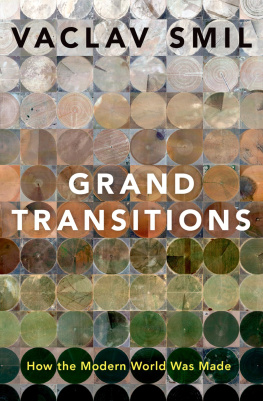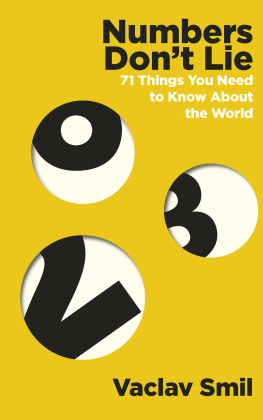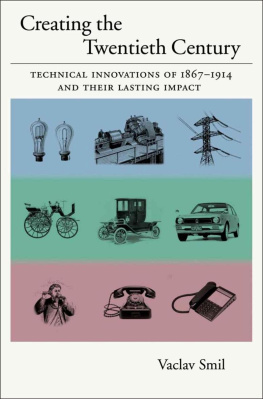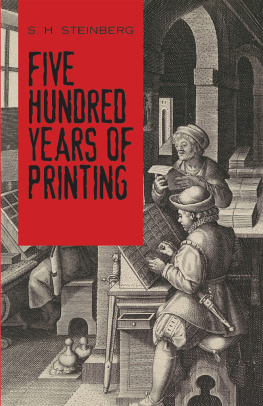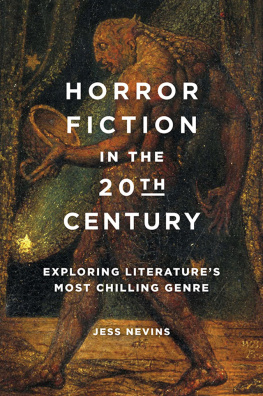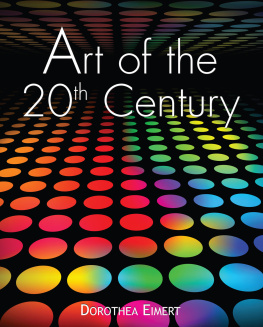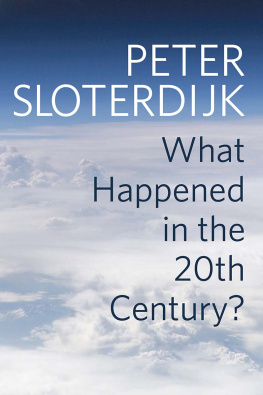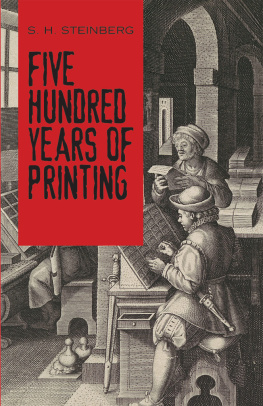
Oxford University Press, Inc., publishes works that further
Oxford Universitys objective of excellence
in research, scholarship, and education.
Oxford New York
Auckland Cape Town Dar es Salaam Hong Kong Karachi
Kuala Lumpur Madrid Melbourne Mexico City Nairobi
New Delhi Shanghai Taipei Toronto
With offices in
Argentina Austria Brazil Chile Czech Republic France Greece
Guatemala Hungary Italy Japan Poland Portugal Singapore
South Korea Switzerland Thailand Turkey Ukraine Vietnam
Copyright 2006 by Oxford University Press, Inc.
Published by Oxford University Press, Inc.
198 Madison Avenue, New York, New York 10016
www.oup.com
Oxford is a registered trademark of Oxford University Press
All rights reserved. No part of this publication may be reproduced,
stored in a retrieval system, or transmitted, in any form or by any means,
electronic, mechanical, photocopying, recording, or otherwise,
without the prior permission of Oxford University Press.
Library of Congress Cataloging-in-Publication Data
Smil, Vaclav.
Transforming the twentieth century: technical innovations and their consequences / Vaclav Smil.
p. cm.
ISBN-13 978-0-19-516875-4
ISBN 0-19-516875-5
Technological innovationsHistory20th century. I. Title.
T173.8.S6155 2006
303.4830904dc22 2005051836
9 8 7 6 5 4 3 2 1
Printed in the United States of America
on acid-free paper
Preface
This is the companion volume to Creating the Twentieth Century: Technical Innovations of 18671914 and Their Lasting Impact (published by the Oxford University Press in 2005; I use the acronym CTTC when I refer to it in this book). The books are stand-alone treatments of two unprecedented eras of technical advances, but reading them both, in either sequence, will deepen the understanding of those fascinating innovations that created and then transformed the modern world.
These brief prefatory remarks are a close replay of acknowledgments and comments that I offered in CTTC. Again, I wish I had more space to deal with the preconditions and repercussions of many innovations and to offer a wider range of reflections and criticisms. Again, my great intellectual debt is obvious: the book could not have been written without innovators, scientists, and engineers who transformed the modern world and later wrote or talked about their experiences, or without scholars and commentators (be they historians, economists, environmentalists, or philosophers) who tried to explain the changes and to set them in wider historical and social contexts. Images are, again, an integral part of this book, and Douglas Fast had once more an unusually challenging job of reproducing scores of photographs and designing many original illustrations.
Again, I offer no apologies for what some critics will see as too many numbers: extensive quantification is essential to convey the magnitude and the rapidity of the 20th centurys technical transformations and their ubiquitous impacts. The metric system and scientific units and prefixes are used throughout (and are defined under Units and Abbreviations, pp. ixx.) And, again, it is my strong personal preference to avoid (pace Ellul in the original French editions) the now so ingrained term technology (insensitively used in English translations of Elluls work). Logically, technology refers to the scientific study of techniques and of their evolution; my concern is obviously with the techniques themselveswith the means (arts, crafts, knowledge) that we deploy to construct and manage civilizationsand with their innovative transformations.
And, lastly, a warning about what not to expect. This book is not a world history of the 20th century seen through a prism of technical innovations: as it traces the preconditions, genesis, and improvements of key modern techniques, it deals, as did CTTC, overwhelmingly with developments that originated in North America and Europe. Nor it is an economic history of the period written with an engineering slant: some thoughtful economists have already written a great deal from that useful perspective. This book is neither an elaborate argument in favor of technical determinism in modern history nor an uncritical homage to the eras achievements. As with CTTC, I prefer to leave its genre undefined. I see it simply as an incomplete and imperfect story of amazing technical transformations that is told from a variety of perspectives in order to understand better the complexities of the fascinating process, its stunning accomplishments, and its unforeseen (and often unforeseeable) failures.
Contents
Units and Abbreviations
Units
B | byte |
C | degree Celsius (unit of temperature) |
dwt | deadweight tons |
g | gram (unit of mass) |
h | hour |
hp | horsepower (traditional unit of power = 745.7 W) |
Hz | hertz (unit of frequency) |
J | joule (unit of energy) |
K | degree Kelvin (unit of temperature) |
kWh | kilowatt hour, unit of energy |
|


